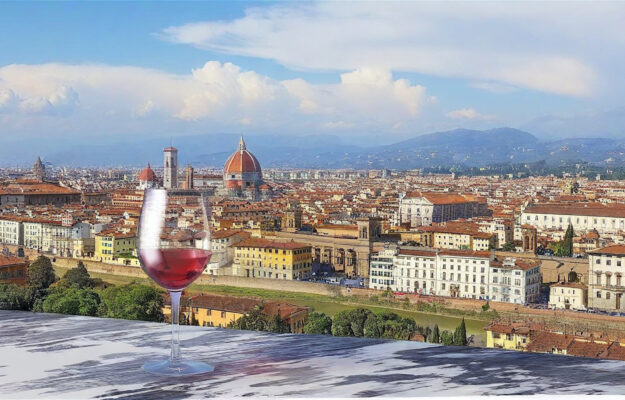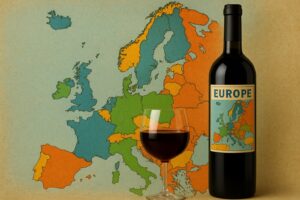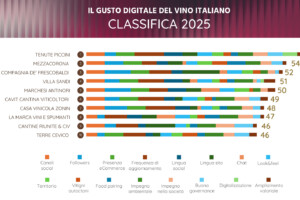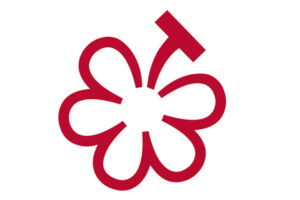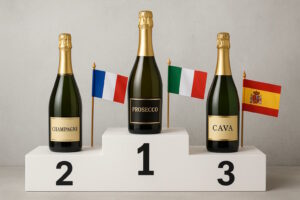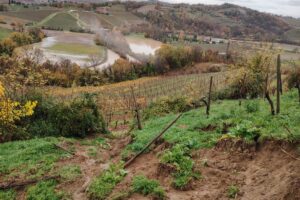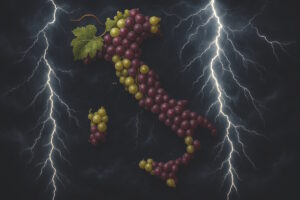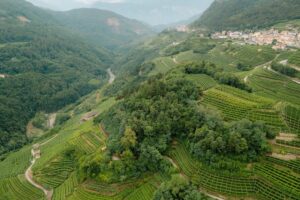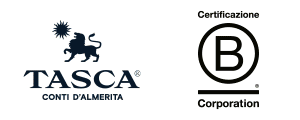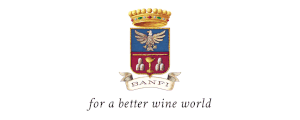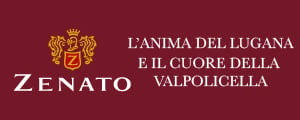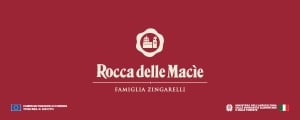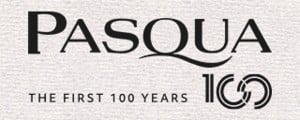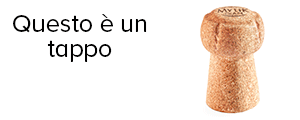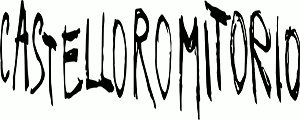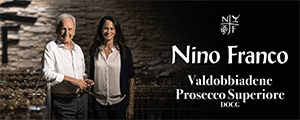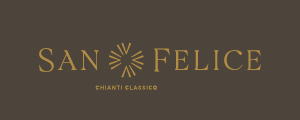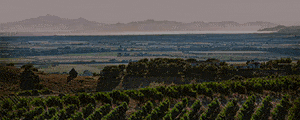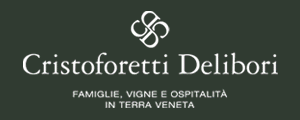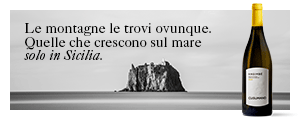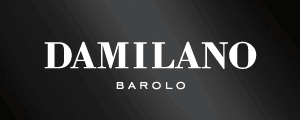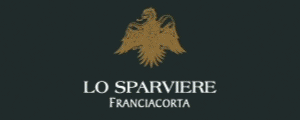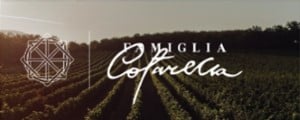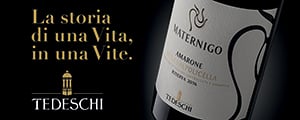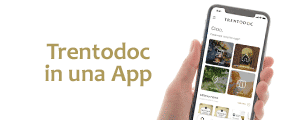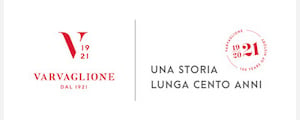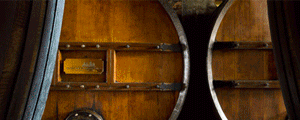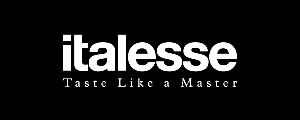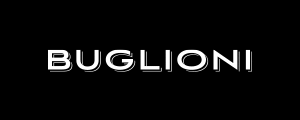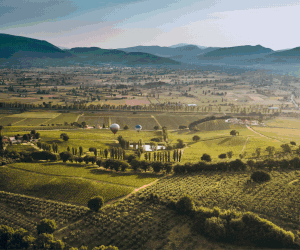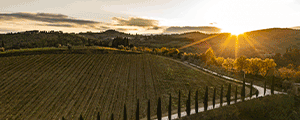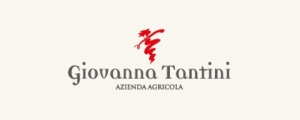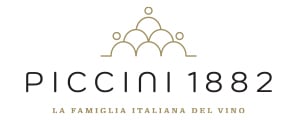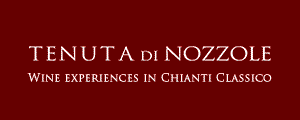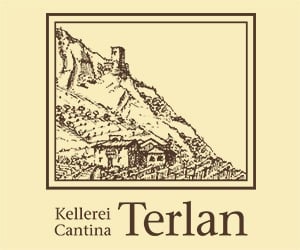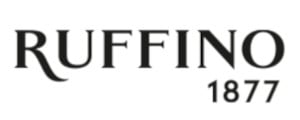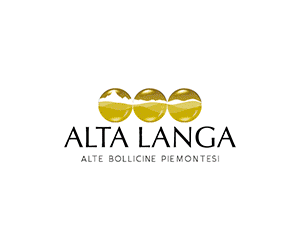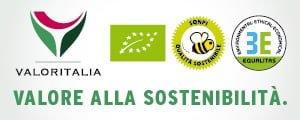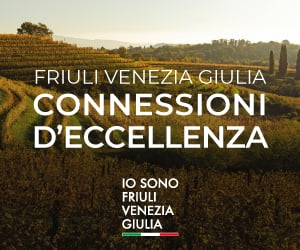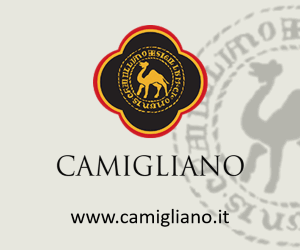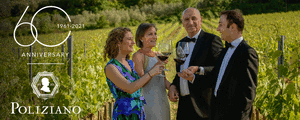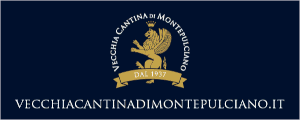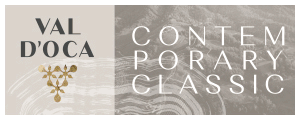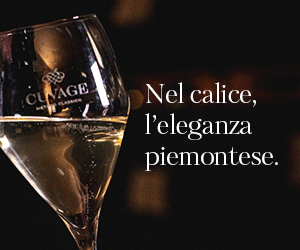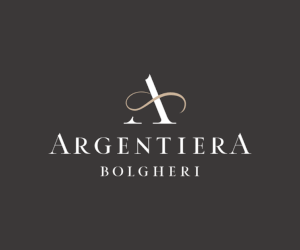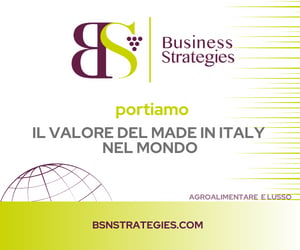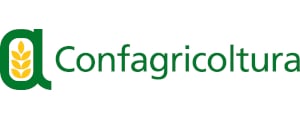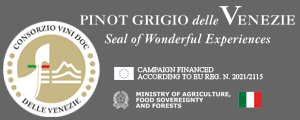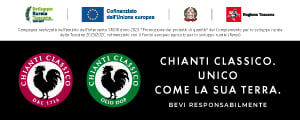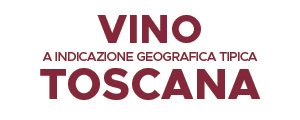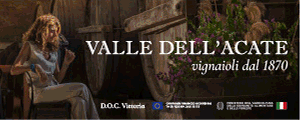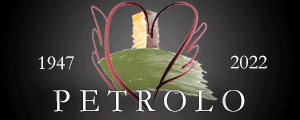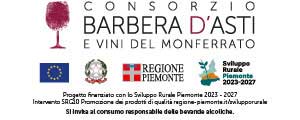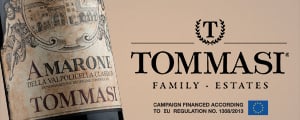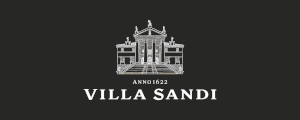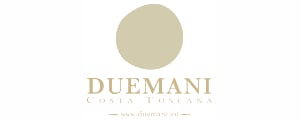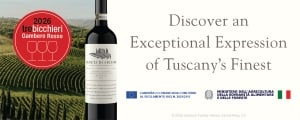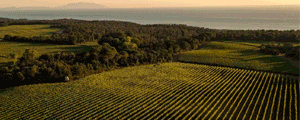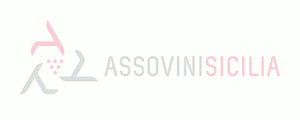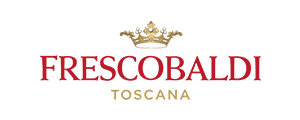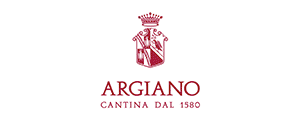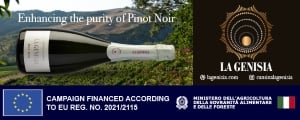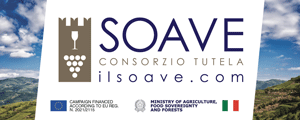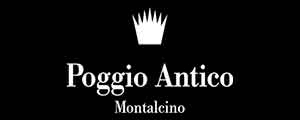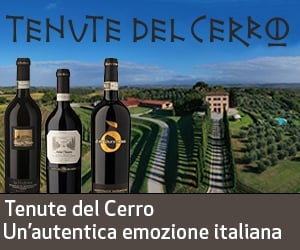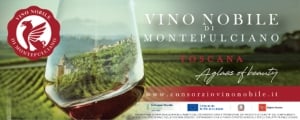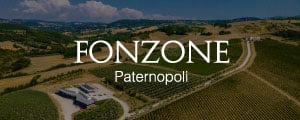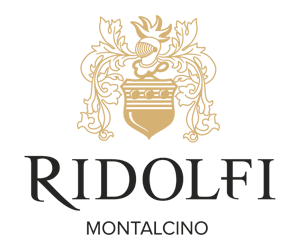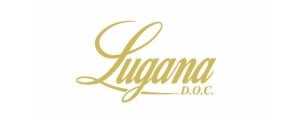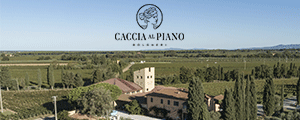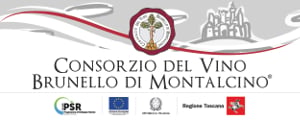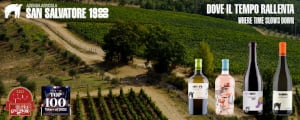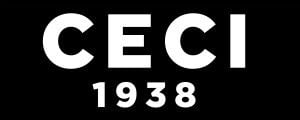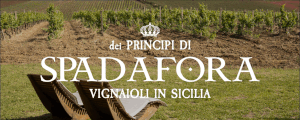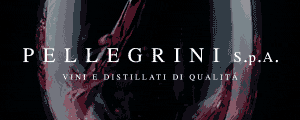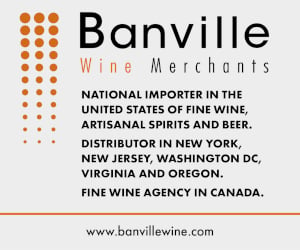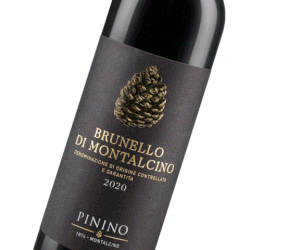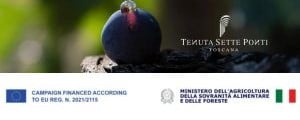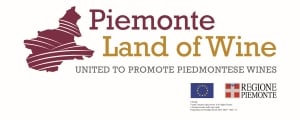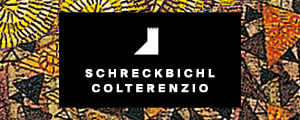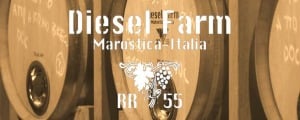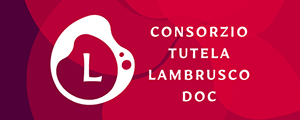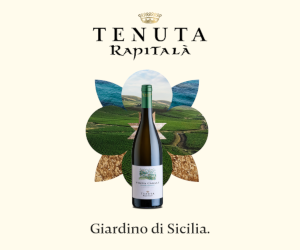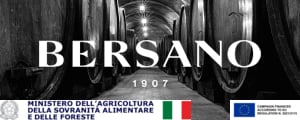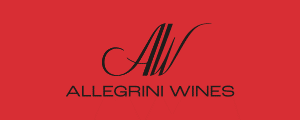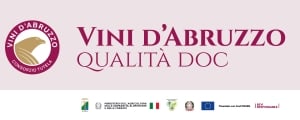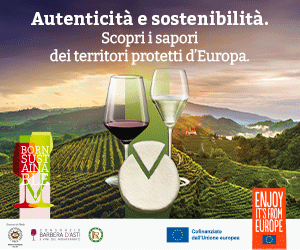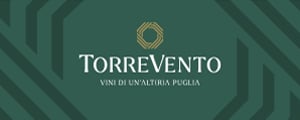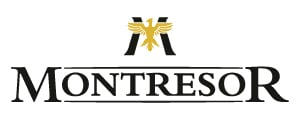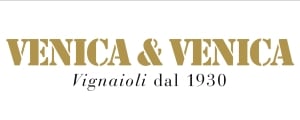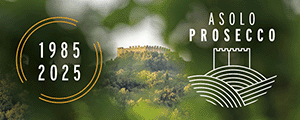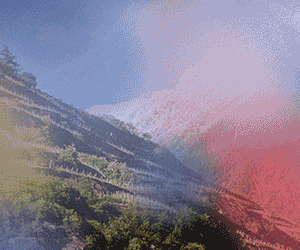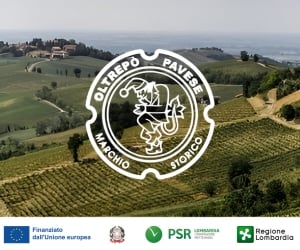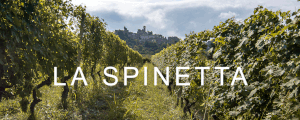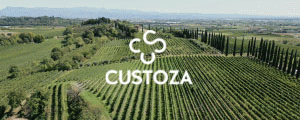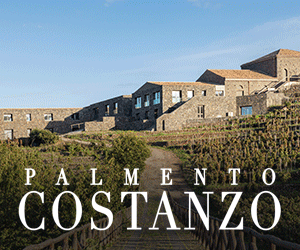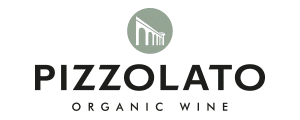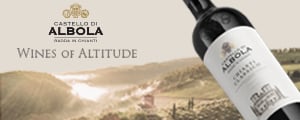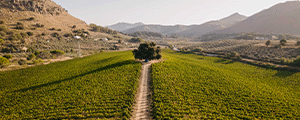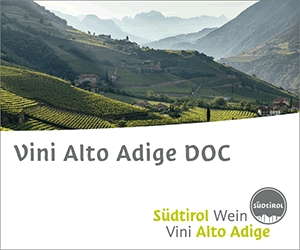Tuscany, a region with a clear red traction, is not immune from the difficulties of wine in general, and red wines in particular. But filed a “Buy Wine” by Regione Toscana and PromoFirenze, in recent days in Lucca, which confirmed a great interest in the territories of the Grand Duchy by the world’s buyers (in the coming days the video on WineNews), on the eve of PrimAnteprima (February 14, Florence), the day-event that officially opens the “Week of the Tuscan Previews”, the numbers speak of a supply chain that is holding up, at least with denomination still wines, with production at 2.6 million hectoliters and exports for PDO still wines that in the first 10 months of 2024 registered +4.8% in volume and +10% in value. Numbers from Ismea, which will be explored in more detail tomorrow, at the start of a marathon that will see the Preview of Nobile di Montepulciano on February 15 and 16, in the Fortress of the city of Poliziano, with the spotlight returning to Florence, on February 17 and 18 with the Chianti Classico Collection at the Stazione Leopolda, on February 19 with Chianti Lovers & Rosso Morellino at the Fortezza da Basso, and then closing, on February 21, with “Valdarno di Sopra Day” at Il Borro, the Ferragamo family's Relais & Châteaux in San Giustino Valdarno. While taking center stage, on February 20, at the Palazzo degli Affari still in Florence, will be “L’Altra Toscana”, with the association led by Francesco Mazzei, president of the Consorzio Vini della Maremma Toscana - under the direction of Scaramuzzi Team - that will tell a different face of wine-producing Tuscany, presenting the new vintages of 13 PDOs and PGIs, with their respective consortia, all together for tasting: Maremma Toscana, Montecucco and Montecucco Sangiovese, Cortona, Chianti Rufina, Terre di Casole, Suvereto, Val di Cornia and Rosso della Val di Cornia, Carmignano, Barco Reale di Carmignano and Vin Santo di Carmignano and Igt Toscana.
And it is precisely the great Igt Toscana, a cornerstone of the region's wine system, that arrives at this appointment in good health and looking to the future, with the strength of numbers. “The identity card of Toscana Igt wine tells of 89 million bottles produced in 2024, of which 27.5 million - or 31% - will be absorbed on the domestic market and the remaining 69% on the main international markets, with European countries in the lead, which collectively account for 46% of the total export quota, followed by the United States, which absorbs 33%, and Asia with 6%. The remaining 15% is distributed in the rest of the world. And with 15,000 hectares claimed, an all-time record. In terms of value, the production of Toscana IGT wine is around half a billion euros”, stresses the Consorzio Vino Toscana led by Cesare Cecchi. Who explains, “the preview of “L’Altra Toscana” comes after an absolutely satisfactory 2024 vintage, harbinger of balanced wines and not too high alcohol content. The production was also good in terms of quantity, with 820,000 hectoliters produced in 15,000 hectares of vineyards. The increase over last year was significant since the 2023 vintage had been very poor due to the many problems caused by the weather and diseases that developed. The claiming of 15,000 hectares of vineyards for the production of Toscana Igt represents an important figure because the ceiling of 13,000 hectares had never been exceeded: this means that more and more producers believe in the potential of the brand and are willing to invest their energies in the enhancement of Toscana Igt wine. All this despite a sometimes complicated viticultural campaign, which occurred slightly later than in previous years despite having presented an early vegetative development in the early stages. During the summer the advance was made up and the harvest took place a little later than in recent years. The harvest”, Cecchi concludes, “for the earlier varieties went on throughout September and ended in the higher hills and for the later varieties in the first decade of October”.
Among the hot topics being discussed in recent weeks globally is that of tariffs, which the U.S. government, with the re-election of President Donald Trump, would like to introduce for imported products, including wine. Regarding this, the president of the Tuscan Wine Consortium Cecchi explains how “back in 2019, when the United States was intending to apply the duties, the Tuscan Wine Consortium carried out a survey among producers and 80% of the companies thought that the factor that could most negatively affect exports to the U.S. would be precisely the possible duties. Today the situation again seems to be quite similar and the feeling of the producers is quite similar. However, we do not want to act as if there were already duties, but wait for events hoping that Italy will be able to overcome the problem and make satisfactory agreements. In the meantime, the Consortium has taken steps to register the name “Toscana Igt” in the U.S”. The presence behind the backs of as many as 390 members who, considering those of the cooperatives, arrive at 1,594 producers-between vine growers, winemakers and bottlers among the most representative on the international wine scene increased considerably since 2019 - of the Tuscan Wine Consortium, in this scenario, acquires a fundamental strategic relevance for the entire territory of Tuscany, especially in the area of management, protection, promotion, enhancement and consumer information. “The Region of Tuscany assumed a decisive role in the recognition process that took place with a Decree of the Ministry of Agriculture in August 2023”, explains the director of the Consortium, Stefano Campatelli, “effectively bringing to fruition a renewal project that had already begun in 2019. Just as decisive was the contribution made regarding the modification of the Geographical Indication production specification, on which the Regional Council expressed a favorable opinion. The proposal will now have to be examined by the Ministry and the European Commission, but we are confident that the message to be conveyed by these changes - the elimination of the adjective “Toscano” leaving only the reference to the geographical name “Toscana” and the introduction of the new categories Vino Spumante and Vino Spumante di Qualità - can be well received with a view to strengthening the identity and qualification of the denomination's wine by conferring a specific geographical origin, as well as giving new impetus to the growth of Tuscan wineries, which will be able to increase production and diversify the offer by focusing increasingly on quality and sustainability”.
Copyright © 2000/2025
Contatti: info@winenews.it
Seguici anche su Twitter: @WineNewsIt
Seguici anche su Facebook: @winenewsit
Questo articolo è tratto dall'archivio di WineNews - Tutti i diritti riservati - Copyright © 2000/2025










